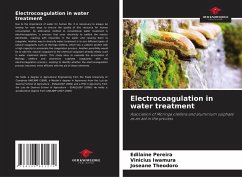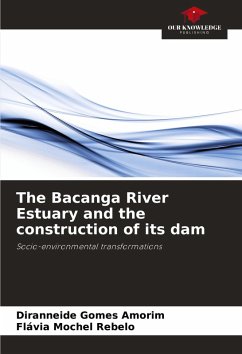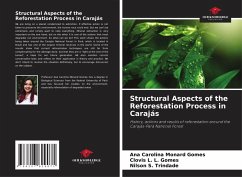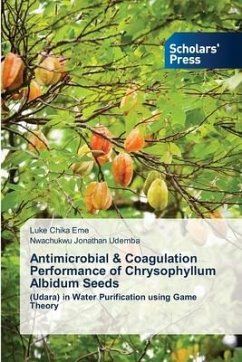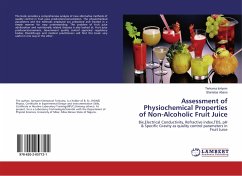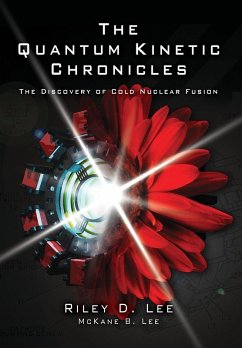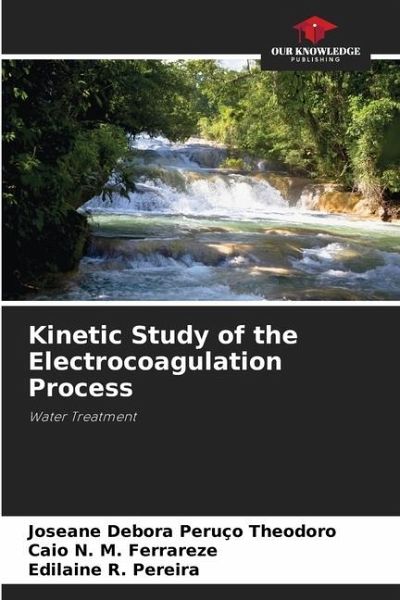
Kinetic Study of the Electrocoagulation Process
Water Treatment
Versandkostenfrei!
Versandfertig in 6-10 Tagen
24,99 €
inkl. MwSt.

PAYBACK Punkte
12 °P sammeln!
The availability of drinking water for human consumption is one of the major concerns of today's generations. Alternative and more efficient methods for water treatment are some of the options for increasing the population's access to quality water. The aim of this research was to apply the electrocoagulation process to water treatment, comparing the efficiency of the results with the addition of an organic tannin coagulant (Tanfloc SG) and an inorganic coagulant (ferric chloride) and a first-order kinetic study of the variation in concentration of the turbidity parameter.






